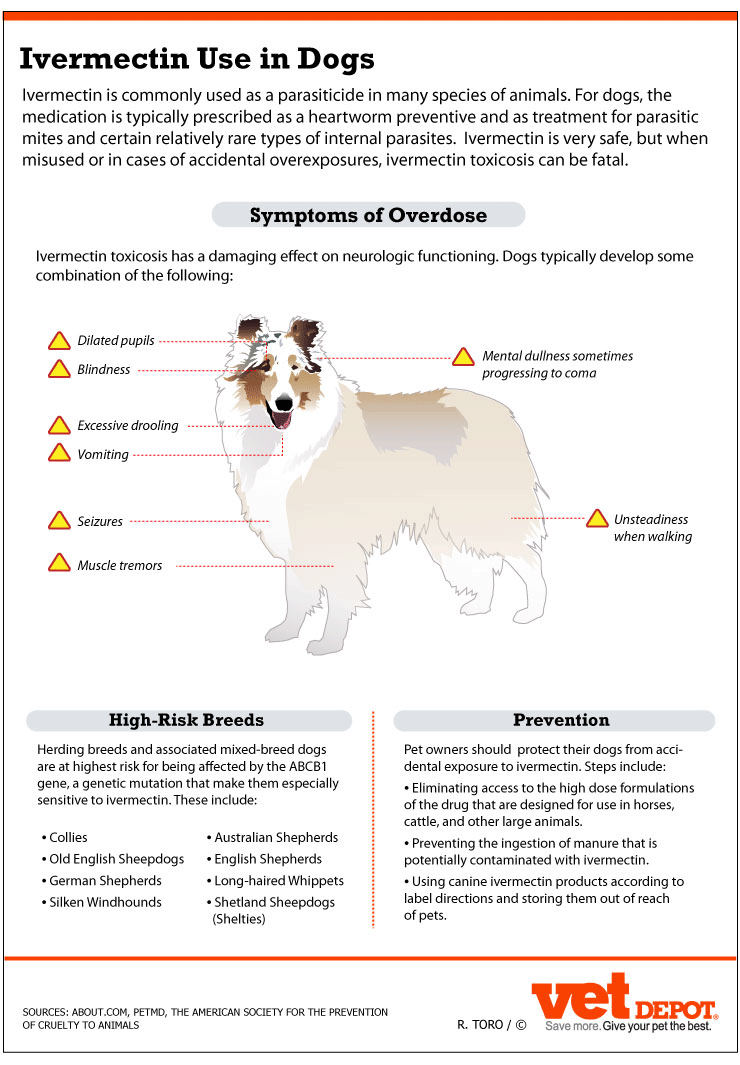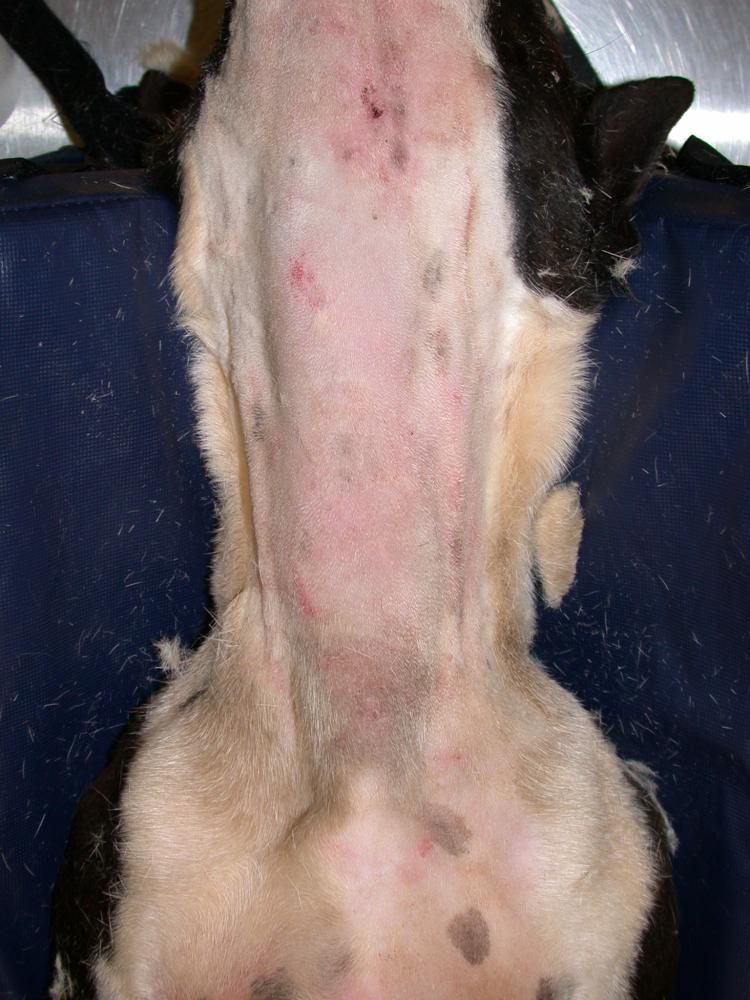Tumors in pancreas in dogs
Tumors In Pancreas In Dogs. An insulinoma is a tumor of the pancreas that affects the regulation of your dogs sugar levels causing hypoglycemia also referred to as low blood sugar. As with most tumors in animals and people your dogs pancreatic tumor could be either benign non-cancerous or malignant cancerous. This tumor usually occurs in middle-aged or older dogs. Low levels of glucose can lead to dogs collapsing or suffering from seizures or other neurological problems.
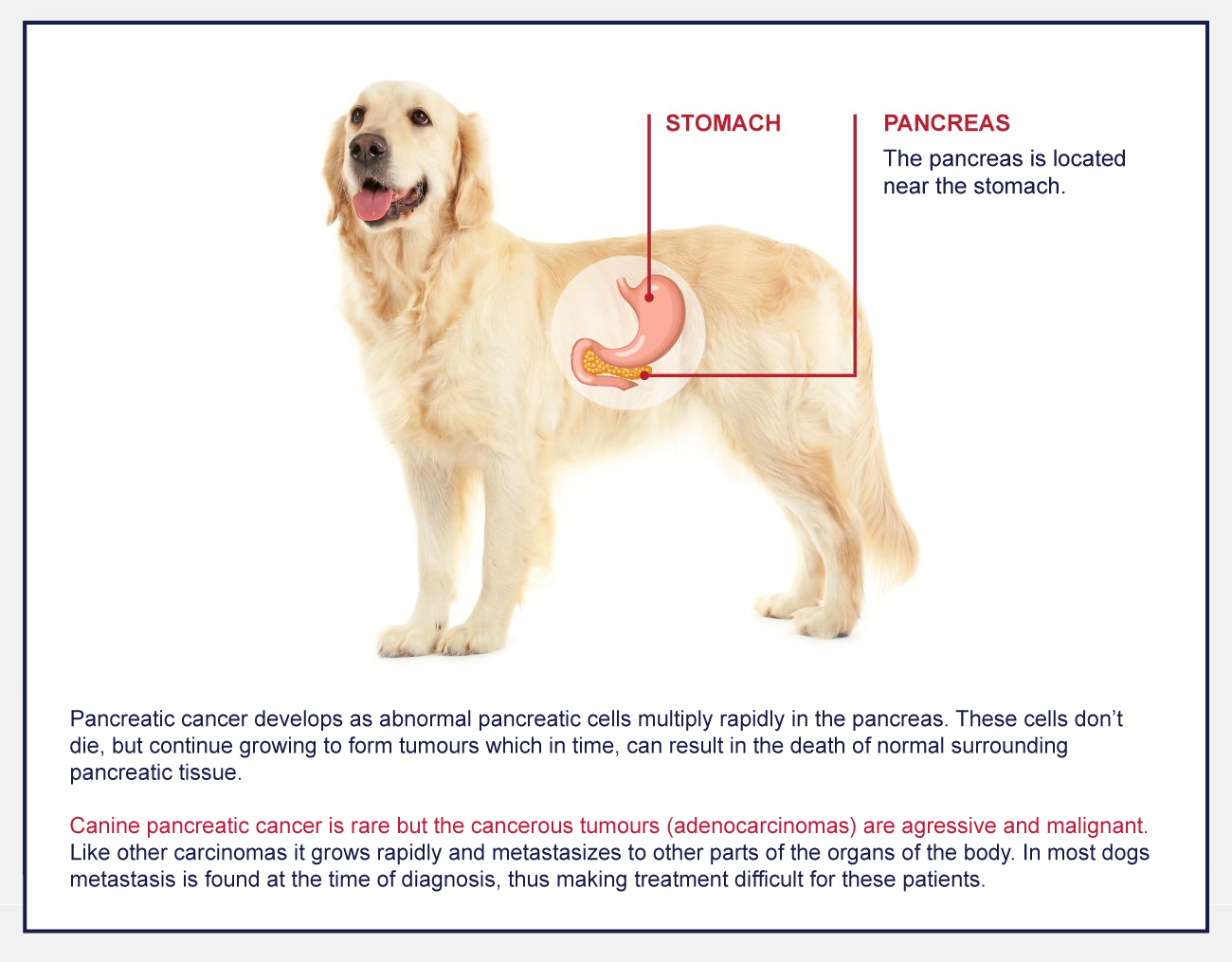 Pancreatic Cancer Adenocarcinoma In Dogs Petlifeca From petlifeca.ca
Pancreatic Cancer Adenocarcinoma In Dogs Petlifeca From petlifeca.ca
Insulinomas are most common in dogs 512 years of age. 33 Benign nodular hyperplasia is a common incidental finding in older animals which can appear. Pancreatic adenomas are benign nonspreading tumors. Pancreatic adenocarcinomas are the most common malignant tumor of the exocrine pancreas in dogs. Three types of pancreatic tumor. Very rare in cats and rare in dogs accounting for 005 of all cancers.
The most common form of pancreatic cancer seen in dogs is insulinoma followed by adenocarcinoma.
Sadly in dogs malignant pancreatic tumors are more common than benign however both are relatively rare. Partial or total surgical removal of pancreatic tumor Surgical removal of an entire pancreas. Sadly in dogs malignant pancreatic tumors are more common than benign however both are relatively rare. Large breed dogs and Siamese cats may be. However all such tumors that have been studied in dogs have had evidence of local invasion into adjacent parenchyma and had metastasized to regional lymph nodes and liver. Since these tumors often block the bile duct jaundice is another common sign.
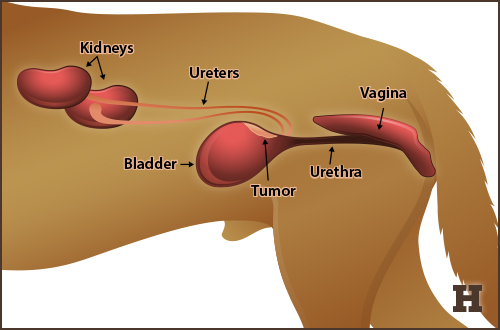 Source: caninecancerdiet.com
Source: caninecancerdiet.com
Adenocarcinomas are characterized as glandular in structure andor originating in the glandular tissue. Sadly in dogs malignant pancreatic tumors are more common than benign however both are relatively rare. The different forms of pancreatic cancer in dogs will produce a host of different symptoms. Exocrine tumors of the pancreas are tumors that arise from the glandular tissue of the pancreas that produces digestive secretions. Once your dog receives a diagnosis of tumors in the pancreas the veterinarians treating your pet will compile a treatment plan that they believe is most fitting for your dogs situation.
 Source: petlifeca.ca
Source: petlifeca.ca
These two produce a host of different symptoms. Three types of pancreatic tumor. Pancreatic adenocarcinomas are the most common malignant tumor of the exocrine pancreas in dogs. In addition simultaneous leakage of digestive enzymes from the pancreas breaks down and destroys surrounding tissues increasing the dogs pain. The most common form of pancreatic cancer seen in dogs is insulinoma followed by adenocarcinoma.
 Source: todaysveterinarypractice.com
Source: todaysveterinarypractice.com
When tumors press on veins the resulting buildup of fluid can cause abdominal swelling. 75 of pancreatic carcinomas in humans are located in the head of the pancreas with invasion of the duodenum. There is no known underlying cause. Insulinomas are the most common type of pancreatic tumor followed by adenocarcinomas. Exocrine tumors include adenomas and adenocarcinomas and endocrine tumors include insulinomas gastrinomas and glucagonomas.
 Source: wearethecure.org
Source: wearethecure.org
Pancreatic exocrine neoplasia is an aggressive cancer that will spread to tissues that are nearby and even to the other organs throughout your dogs body. As with most tumors in animals and people your dogs pancreatic tumor could be either benign non-cancerous or malignant cancerous. The most common pancreatic islet tumor affects the insulin-secreting beta cells and is called an insulinoma. Neoplasia of the exocrine pancreas adenocarcinoma. When dealing with a pancreatic tumor in dogs there are four main types.
 Source: vcahospitals.com
Source: vcahospitals.com
These two produce a host of different symptoms. Most of these tumors are malignant adenocarcinomas. Insulinomas are most common in dogs 512 years of age. Neoplasia of the exocrine pancreas adenocarcinoma. Both types of cancer typically originate in the pancreas and are typically malignant.
 Source: cancerres.aacrjournals.org
Source: cancerres.aacrjournals.org
33 Benign nodular hyperplasia is a common incidental finding in older animals which can appear. Excision of the gastrin-secreting mass in the pancreas can be attempted. Adenocarcinomas are characterized as glandular in structure andor originating in the glandular tissue. The most common form of pancreatic cancer seen in dogs is insulinoma followed by adenocarcinoma. Sadly in dogs malignant pancreatic tumors are more common than benign however both are relatively rare.
 Source: wagwalking.com
Source: wagwalking.com
Both types of cancer typically originate in the pancreas and are typically malignant. An insulinoma is a tumor of the pancreas that affects the regulation of your dogs sugar levels causing hypoglycemia also referred to as low blood sugar. Benign exocrine pancreatic tumors are extremely rare in dogs. While they affect different types of cells within the pancreas they are all malignant tumors meaning they are cancerous and might spread to other areas of the body. Most of these tumors are malignant adenocarcinomas.
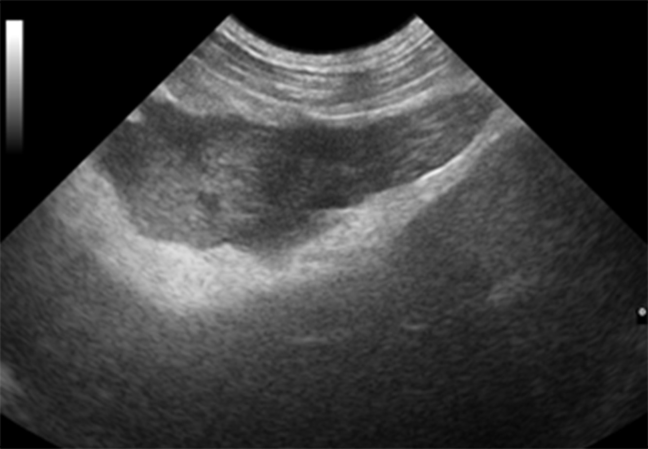 Source: scielo.org.co
Source: scielo.org.co
32 They are typically of epithelial origin and malignant tumors carcinoma adenocarcinoma are more common than benign adenomas. Pancreatic Adenocarcinoma in Dogs A carcinoma is a type of malignant tumor found in both humans and animals and tends to be particularly malignant with recurring growth after surgical excision. 33 Benign nodular hyperplasia is a common incidental finding in older animals which can appear. Symptoms of Pancreatic Cancer in Dogs. Pancreatic ADC is a tumor of the exocrine pancreas originating in either the acinar cells or ductular epithelium.
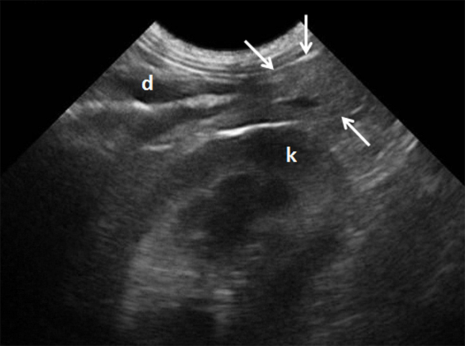 Source: scielo.org.co
Source: scielo.org.co
In dogs malignant pancreatic tumors are more common than benign however both are relatively rare. Three types of pancreatic tumor. Neoplasia of the exocrine pancreas adenocarcinoma. 75 of feline pancreatic carcinomas are diffuse. Adenocarcinomas are characterized as glandular in structure andor originating in the glandular tissue.
 Source: researchgate.net
Source: researchgate.net
Neoplasia of the exocrine pancreas adenocarcinoma. Very rare in cats and rare in dogs accounting for 005 of all cancers. Adenocarcinomas are characterized as glandular in structure andor originating in the glandular tissue. Since these tumors often block the bile duct jaundice is another common sign. In addition simultaneous leakage of digestive enzymes from the pancreas breaks down and destroys surrounding tissues increasing the dogs pain.
 Source: vcahospitals.com
Source: vcahospitals.com
Generally these tumors are malignant and are most common in Airedales and Boxers. The most common form of pancreatic cancer seen in dogs is insulinoma followed by adenocarcinoma. This tumor usually occurs in middle-aged or older dogs. 32 They are typically of epithelial origin and malignant tumors carcinoma adenocarcinoma are more common than benign adenomas. Most of these tumors are malignant adenocarcinomas.
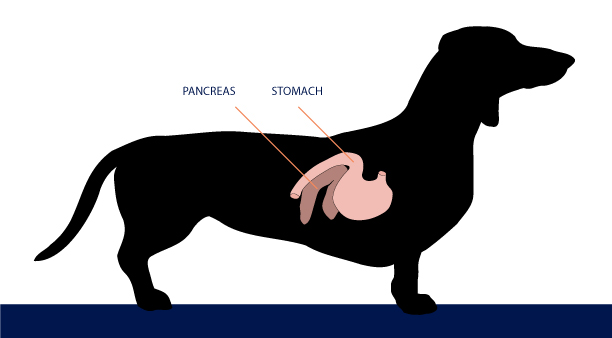 Source: petlifesa.com
Source: petlifesa.com
Some examples of treatment options include. In dogs malignant pancreatic tumors are more common than benign however both are relatively rare. There are four types of pancreatic cancer in dogs insulinomas adenocarcinomas gastrinomas and glucagonomas but the first two are the most common. Pancreatic adenocarcinoma is the most common primary neoplastic condition of the exocrine pancreas in dogs and cats but is rare overall in both species. Adenocarcinomas are characterized as glandular in structure andor originating in the glandular tissue.
If you find this site convienient, please support us by sharing this posts to your preference social media accounts like Facebook, Instagram and so on or you can also save this blog page with the title tumors in pancreas in dogs by using Ctrl + D for devices a laptop with a Windows operating system or Command + D for laptops with an Apple operating system. If you use a smartphone, you can also use the drawer menu of the browser you are using. Whether it’s a Windows, Mac, iOS or Android operating system, you will still be able to bookmark this website.

